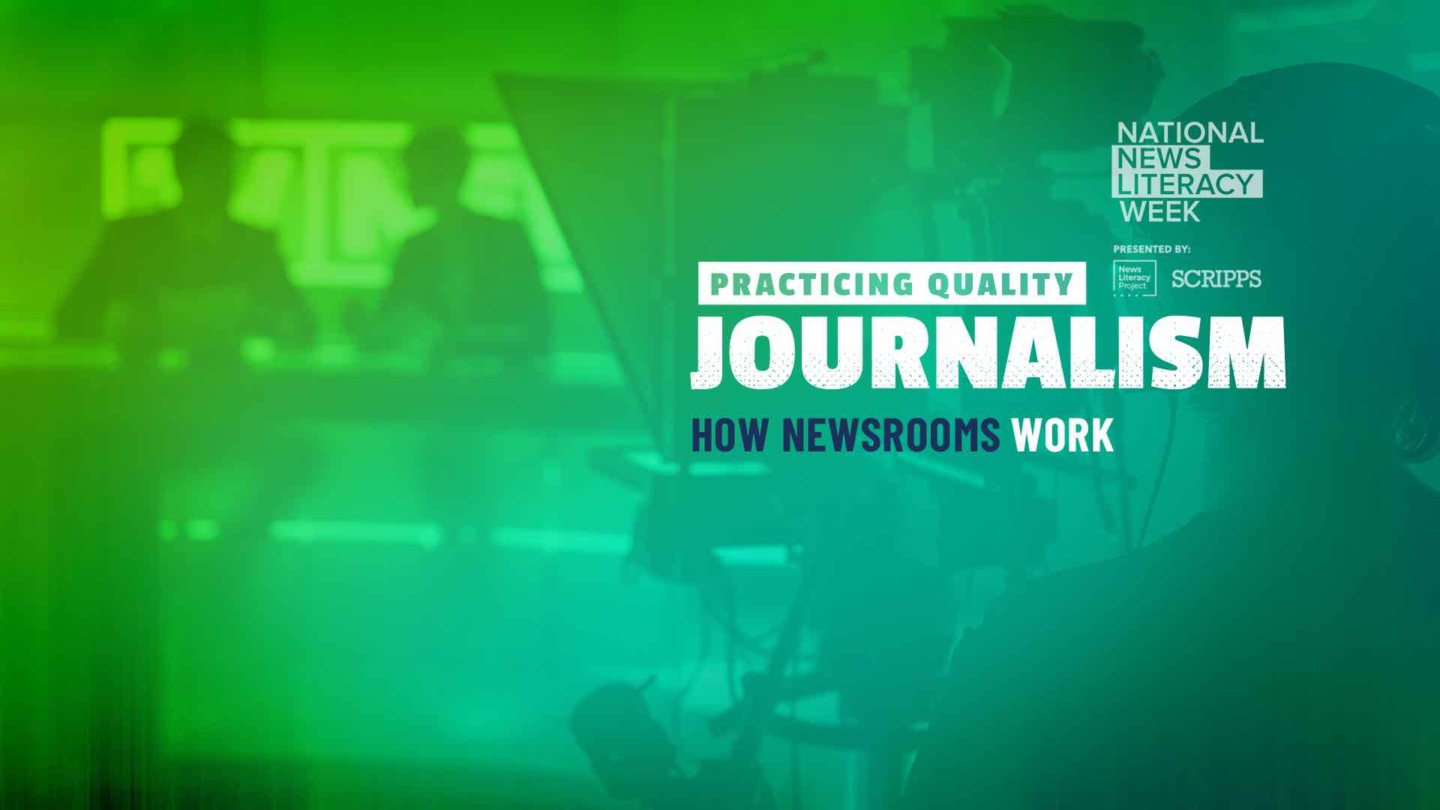Setting the standards
A news-literate individual uses the standards of authoritative, fact-based journalism — “quality journalism,” for short — as an aspirational measure in deciding what to trust, what to share and what to act on. Some of these standards are no-brainers (“Don’t make things up”); others are more subjective (when to grant anonymity to a source). NLP’s “Practicing Quality Journalism” lesson introduces you to seven standards that are the basis for a credible news report.
One widely referenced guide to journalism standards and practices is published by the Society of Professional Journalists; large news outlets (The Washington Post and NPR, for example) often have their own. At major news organizations, these standards are subject to constant reconsideration and revision — whether to prevent the recurrence of an error or to adapt to new tools and methods of gathering and reporting information (for example, using social media to locate sources, or livestreaming breaking news events). The more you know about these standards, the better equipped you will be to evaluate the credibility of everything you read, watch and hear — and to critically respond to it.


